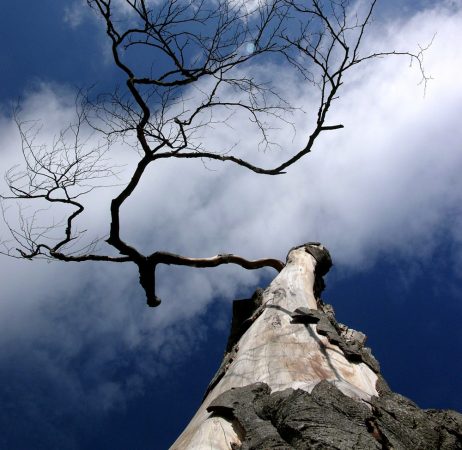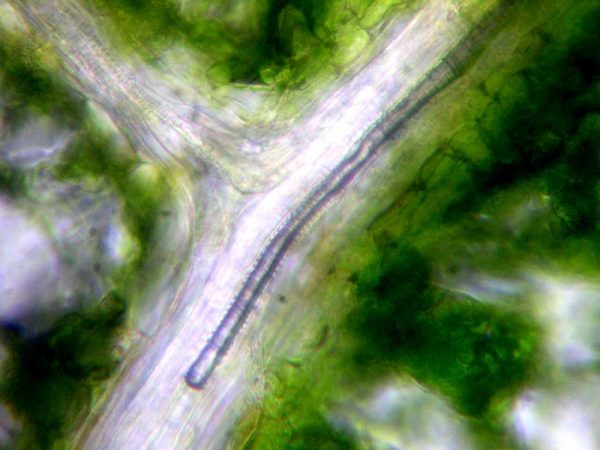Trees on the edge
Serious drought is a threat to most trees, worldwide survey finds

“I think this is a really big deal,” ecologist David Breshears told Science News. Breshears, of the University of Arizona in Tucson, did not work on the new study. He says it and other studies “keep pointing to: ‘Whoa, our forests are really vulnerable.’”
Studies like this one are particularly worrisome in light of climate change. The average temperature of the planet is rising. Scientists predict that warming will cause changes in rainfall patterns. That could lead to longer, more severe droughts in many regions around the world. As a result, the trees that now grow there could face a serious threat, the study’s scientists say.
When drought strikes, trees begin to fail in the xylem, special tissue made of many microscopic, strawlike tubes. This tissue makes it possible for a plant to slurp water from the ground and deliver it to the leaves. During times of drought, tiny air bubbles can develop in the tubes. Too many bubbles block the flow of water — and spell certain death for the tree.
Brendan Choat, a plant physiologist at the University of Western Sydney in Richmond, Australia, worked on the new study along with 23 other researchers. (Plant physiologists study how the different parts of a plant work to help keep it alive.) All together, the scientists studied 226 tree species in 81 different sites around the world.

Choat told Science News that this study is the first to look at all forest types and find so many species living on the edge.
Of the 226 different types of trees Choat and his collaborators studied, 70 percent lived close to the point where a serious drought would halt water transport. Trees that flower, such as maples and oaks, were more vulnerable than conifers. These hardier trees, which include pines and firs, typically form cones and have evergreen, needlelike leaves.
Plant ecologist Bettina Engelbrecht of the University of Bayreuth in Germany, who did not work on the new study, told Science News that in the interest of conservation, scientists can’t just concentrate on a few species. “We have to worry about them all.”
Power Words
xylem The plumbing system in plants that conducts water and dissolved nutrients upward from the roots. It also helps to form the woody element in the stem.
physiology The branch of biology that deals with the normal functions of living organisms and their parts.
ecology The branch of biology that deals with the relations of organisms to one another and to their physical surroundings.
conifer A tree that typically has needlelike or scalelike evergreen leaves and bears cones.
climate change Long-term, significant change in the climate of Earth. It can happen naturally or in response to human activities, including the burning of fossil fuels, such as coal, and the clearing of forests.
species A group of living organisms consisting of similar individuals.







